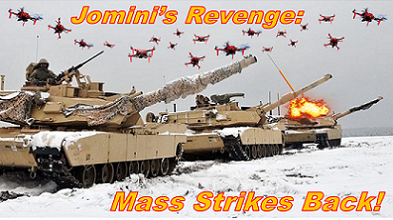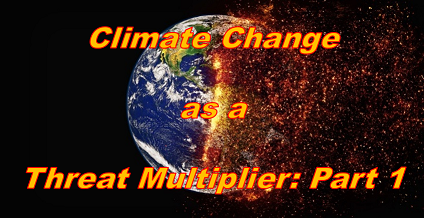[Editor’s Note: Mad Scientist Laboratory welcomes returning guest blogger and proclaimed Mad Scientist Mr. Howard R. Simkin with his submission to our Mad Scientist Crowdsourcing… Read the rest
171. Jomini’s Revenge: Mass Strikes Back!
[Editor’s Note: Mad Scientist Laboratory is pleased to publish today’s post by guest blogger and proclaimed Mad Scientist Zachery Tyson Brown, addressing how the … Read the rest
170. “Own the Night”
[Editor’s Note: The U.S. Army Futures Command (AFC) and Training and Doctrine Command (TRADOC) co-sponsored the Mad Scientist Disruption and the Operational Environment Conference with … Read the rest
169. Climate Change as a Threat Multiplier: Part 1
[Editor’s Note: In the first of a two part series exploring climate change as a threat multiplier, guest blogger LTCOL Nathan Pierpoint, Australian Army, … Read the rest
168. Linking Brains to Machines, and Use of Neurotechnology to the Cultural and Ethical Perspectives of the Current Global Stage
[Editor’s Note: In today’s post, returning guest bloggers Mr. Joseph DeFranco and Dr. James Giordano examine the ramifications of Neuralink moving forward with Brain-Machine Interfaces, … Read the rest





